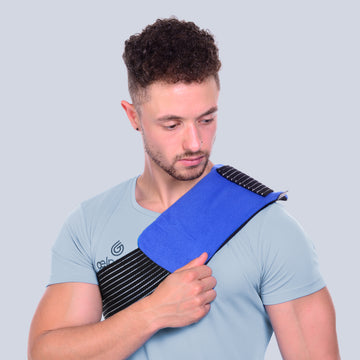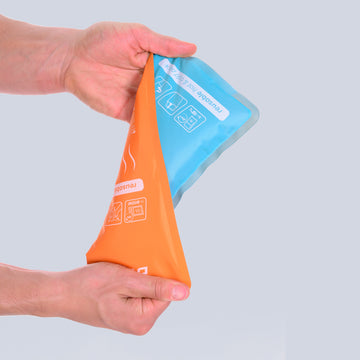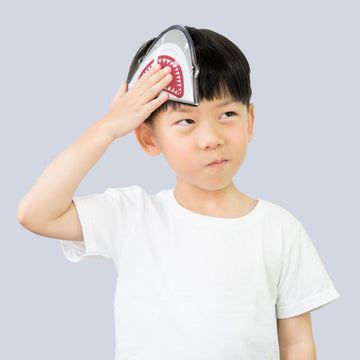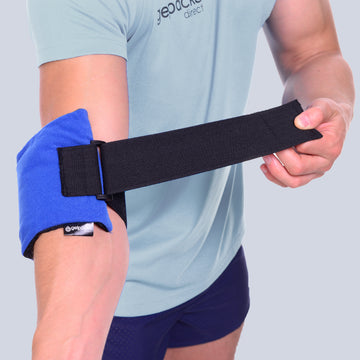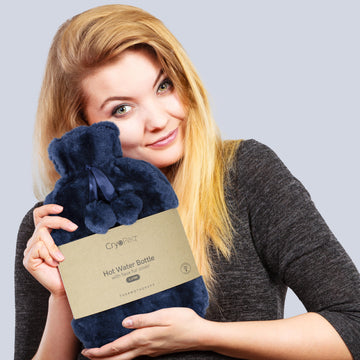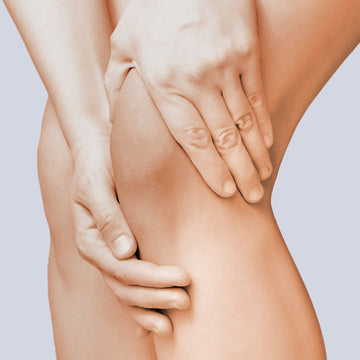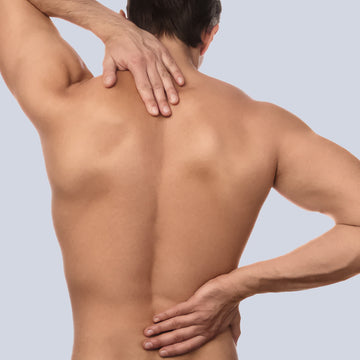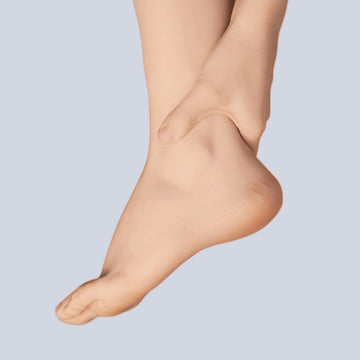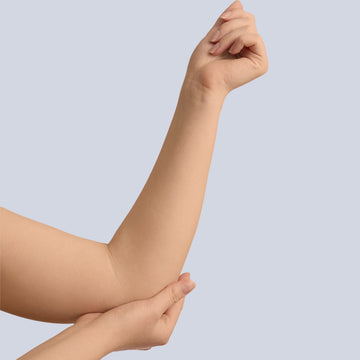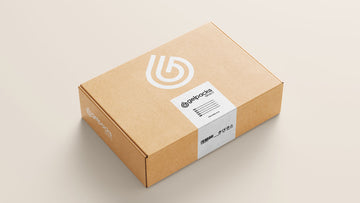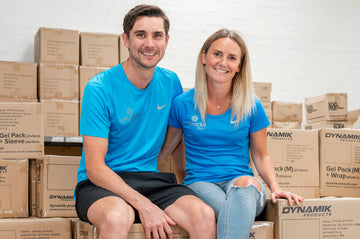Does Icing Still have a role to play in Sports Recovery?
Cold therapy, also known as cryotherapy, has received criticism in recent years for potentially delaying the healing process. Some studies have suggested that ice may inhibit the body's release of insulin-like growth factor (IGF), which promotes healing. However, it's important to note that cold therapy is still recognised as having a role in reducing pain, and physiotherapists have not completely abandoned its use.
Is RICE method outdated?
By some in the medical community, the RICE method (rest, ice, compression, and elevation) is no longer considered the most effective approach for the treatment of injuries.They believe resting and icing may actually impair the recovery process, while compression and elevation have some evidence to support their continued use. Movement has been shown to help tissue heal and recover faster, while immobilisation may delay recovery and hinder the ability to fully recover from an injury. Ice can be useful for pain management and reducing inflammation in the first 36-48 hours after an injury, but it does not reduce swelling and may slow the body's natural healing response if used for too long. Compression can help reduce swelling and speed up recovery after an injury, as well as improve blood flow and reduce muscle soreness. Elevation can also help reduce swelling, with some evidence suggesting that acute sprains and strains respond best to at least 60° of limb elevation. Physical therapists can develop a comprehensive program that includes targeted manual techniques, mobility work, strength training, and functional exercises to help with injury recovery.
Is all we need PEACE and LOVE?
The British Journal of Sports Medicine recommends the use of the acronyms PEACE and LOVE for the treatment of soft tissue injuries, which include muscles, tendons, ligaments, fascia, nerves, and fibrous tissues. It should be noted that as with the scientific evidence to argue for or against the use of cold therapy for injury recovery, there is also little scientific evidence to back up this mode of thinking.
PEACE
- Protect: Unload or restrict movement of the affected area for the first three days after the injury, with the length of time depending on the level of pain. However, prolonged rest can compromise tissue strength and quality.
- Elevate: Elevate the affected area so that it is higher than the heart to help fluid drain away from the area. There is weak evidence supporting its use, but compression may be more effective.
- Avoid: anti-inflammatory modalities: Inflammation plays a role in repairing damaged tissues, so the BJSM advises against methods that reduce inflammation, including ice.
- Compress: Use compression, such as a compression stocking or sock, to promote lymphatic drainage and improve blood flow.
- Educate: Educate oneself on the condition and load management to avoid unnecessary treatment and promote an active approach to recovery.
LOVE
- Load: After a soft-tissue injury, you can try to resume normal activities as dictated by pain, with the aim of promoting repair, remodelling, and building tissue tolerance and the capacity of tendons, muscles, and ligaments.
- Optimism: Being optimistic about your prognosis can speed up recovery.
- Vascularisation: Cardiovascular activity can help to get the blood flowing around the body after a few days, as long as it does not cause pain.
- Exercise: can help to restore mobility, strength, and proprioception after injury, as long as it does not cause pain.
Blaise Dubois and Jean-Francois Esculier, the authors of the BJSM article, go on to say:
In the immediate aftermath of an injury, treatment should focus on the PEACE acronym, with the main goals being to protect the affected area by restricting movement, avoid anti-inflammatory modalities such as ice, and use compression to help reduce swelling. After a few days, treatment should shift to the LOVE acronym, with a focus on load management, optimal loading, and vascular flow to help promote healing and prevent scar tissue formation. Education is also important, as it can help runners become aware of the importance of an active approach to recovery and avoid unnecessary treatments such as injections or surgery.
Hot Topic
It's important to note that while some recent studies have identified that cold therapy may delay the healing process for acute soft tissue injuries, the evidence these conclusions are based upon are of no greater significance than those used to offer the counter argument. But that aside, it is still clear regardless of which side of the fence you sit on, there remain plenty of potential benefits to using cold therapy.
One of the main benefits of cold therapy is its ability to reduce inflammation and swelling. Inflammation is a natural response to injury, and while it's important for the healing process, excessive inflammation can prolong recovery time and increase the risk of scar tissue formation. Cold therapy can help to reduce inflammation and swelling, which can ultimately speed up the healing process and reduce the risk of scar tissue formation.
In addition to reducing inflammation and swelling, cold therapy can also numb the affected area and provide pain relief. This can be especially helpful if you're experiencing discomfort following an injury.
It's also worth noting that cold therapy is generally considered to be safe and well-tolerated, with few side effects. While it's important to use cold therapy correctly and be mindful of the potential risks (e.g. frostbite), it can be a useful tool for managing inflammation and swelling following an injury.
In summary, while more recent studies have identified the possibility that cold therapy may delay the healing process for acute soft tissue injuries, it can also provide several potential benefits, including reducing inflammation and swelling and providing pain relief. However, it's important to use it correctly and be mindful of the potential risks, and to consider a more holistic approach to injury recovery that includes both rest and active rehabilitation.
As with any treatment, it's important to weigh the potential risks and benefits and consult with a medical professional if you have any concerns.
